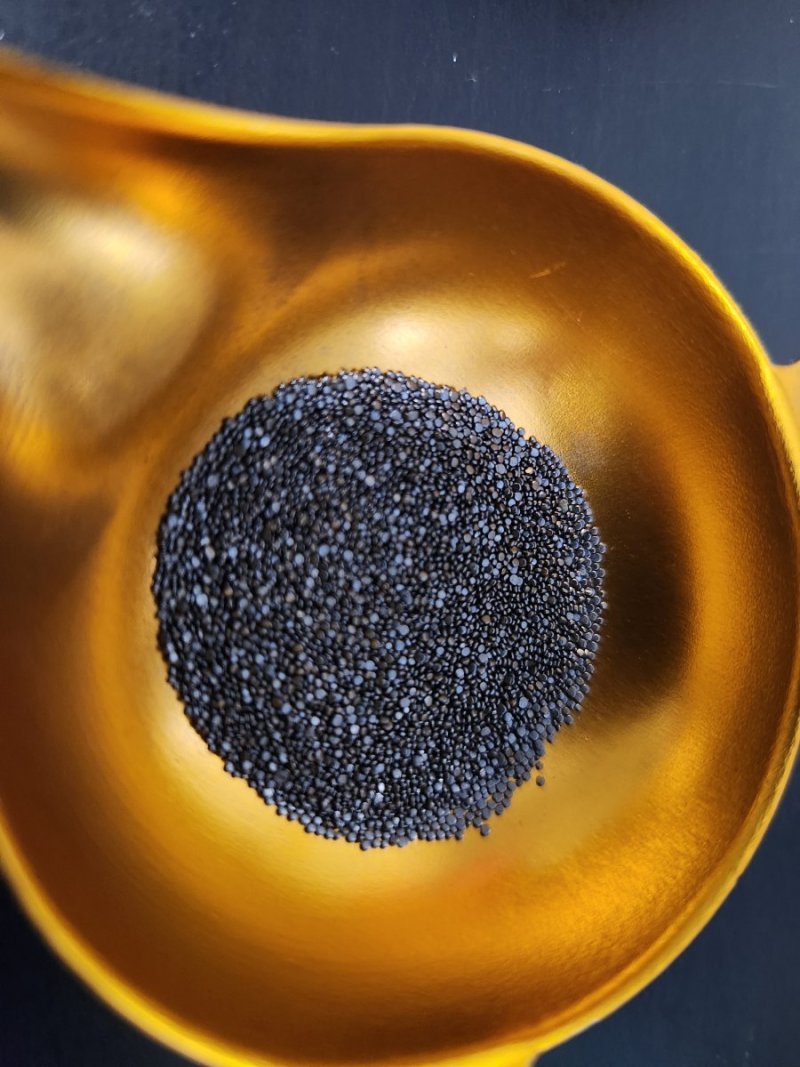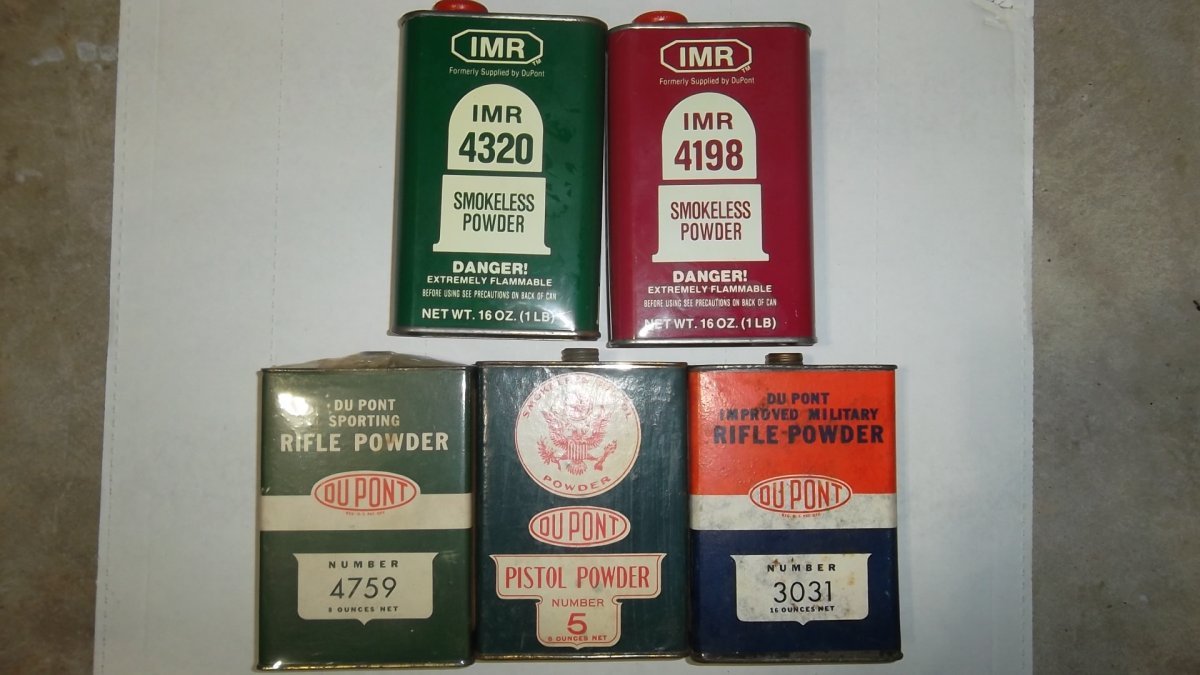I have a copy of the 1998 Alliant load data which shows, for 158 gr SWC in 38 special +P, 3.8 gr Bullseye gives 945 fps and 17,200 psi (5.6" barrel)
The current Alliant site shows 3.9 gr Bullseye with 158 gr SWC giving 874 fps (6" barrel). (no pressure given) That's a bigger charge, and a longer barel, and 71 fps slower -- reported by the same source.
Ok, maybe that's due to variation in test conditions -- temperature, wind, phase of the moon.... But it gets worse. The current Alliant site shows 4.8 gr Bullseye in .357 magnum with 158 gr SWC giving 939 fps in a 6" barrel. That's a full grain more powder than the 3.8 reported in the 1998 data, with a longer barrel, giving a slightly lower velocity -- all as reported by Alliant.
Did Alliant change the powder? Or is something else going on here?
The current Alliant site shows 3.9 gr Bullseye with 158 gr SWC giving 874 fps (6" barrel). (no pressure given) That's a bigger charge, and a longer barel, and 71 fps slower -- reported by the same source.
Ok, maybe that's due to variation in test conditions -- temperature, wind, phase of the moon.... But it gets worse. The current Alliant site shows 4.8 gr Bullseye in .357 magnum with 158 gr SWC giving 939 fps in a 6" barrel. That's a full grain more powder than the 3.8 reported in the 1998 data, with a longer barrel, giving a slightly lower velocity -- all as reported by Alliant.
Did Alliant change the powder? Or is something else going on here?









